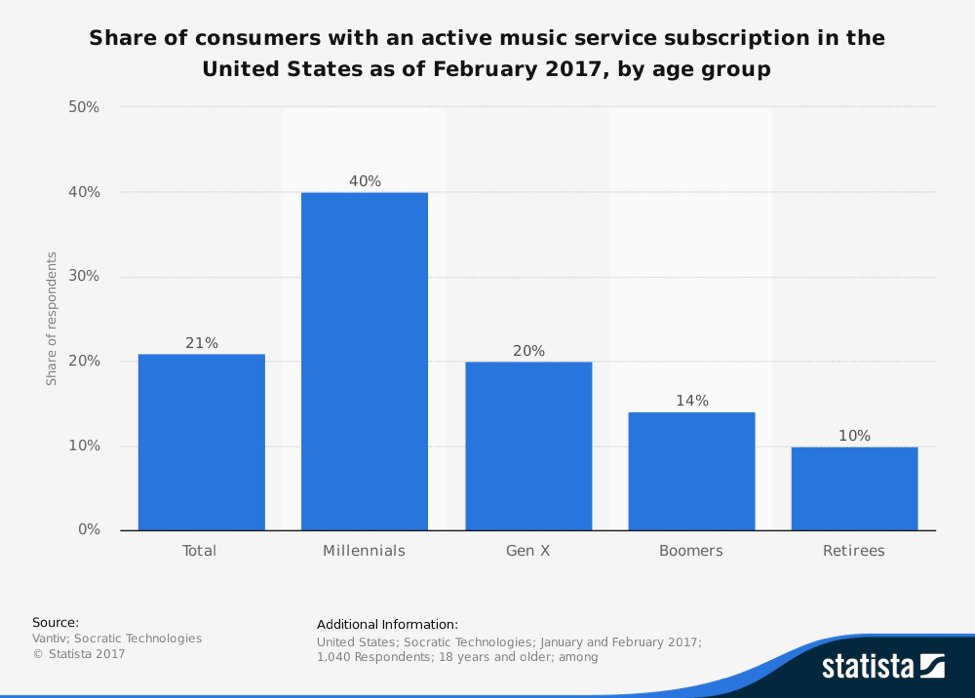
How Subscription Streaming Services May Yet Save The Music Industry
Source: Bigstock
In 1997, music was sold and enjoyed on physical media, mostly CDs. My turn-of-the-century vintage Toyota, which I still drive today, came standard with a built-in cassette player. But 20 years ago this month, in September 1997, Capitol Records/EMI made the very first buck from the sale of a digitally downloadable song -- a single from the new Duran Duran album. It was the first small pebble of an avalanche that Capitol Records itself only survived through acquisition by Univer...
HELLO!
This premium article is exclusively reserved for Subscription Insider PRO members.
Want access to premium member-only content like this article? Plus, conference discounts and other benefits? We deliver the information you need, for improved decision-making, skills, and subscription business profitability. Check out these membership options!
Learn more about Subscription Insider PRO memberships!
Already a Subscription Insider PRO Member?
Please Log-In Here!








